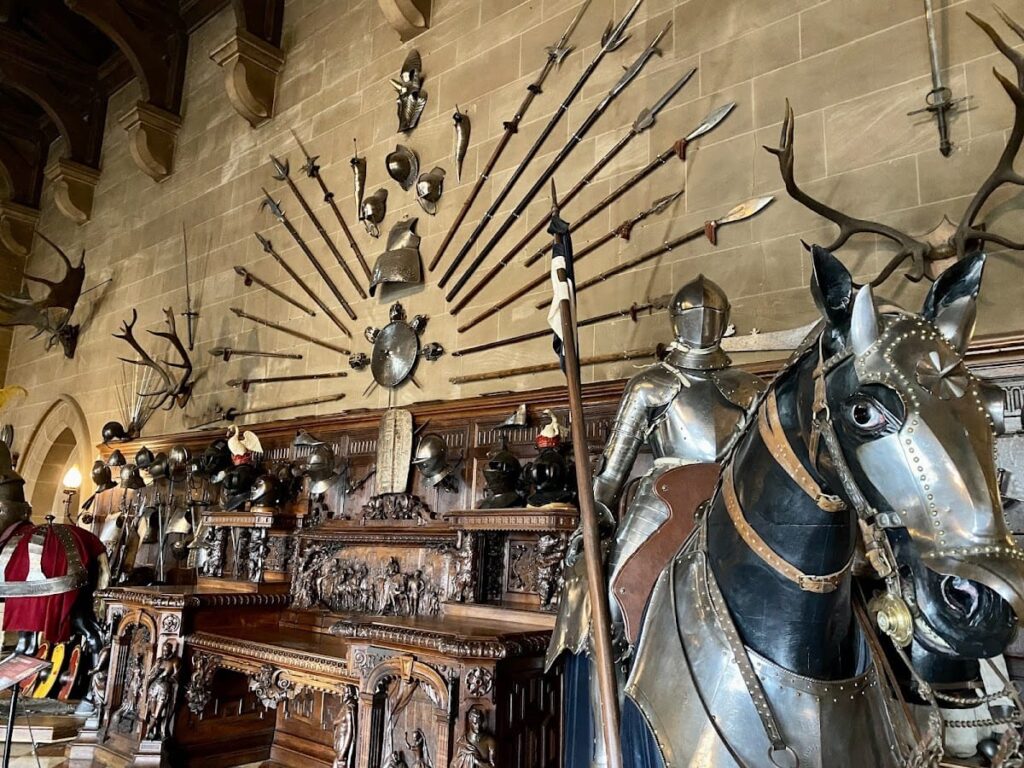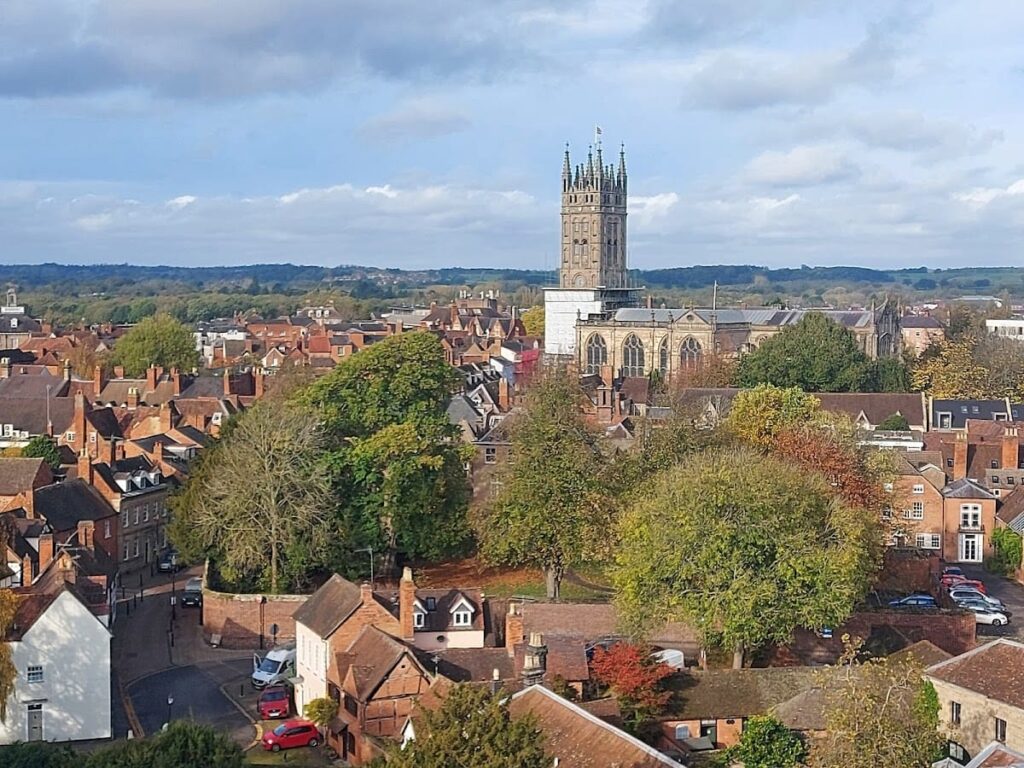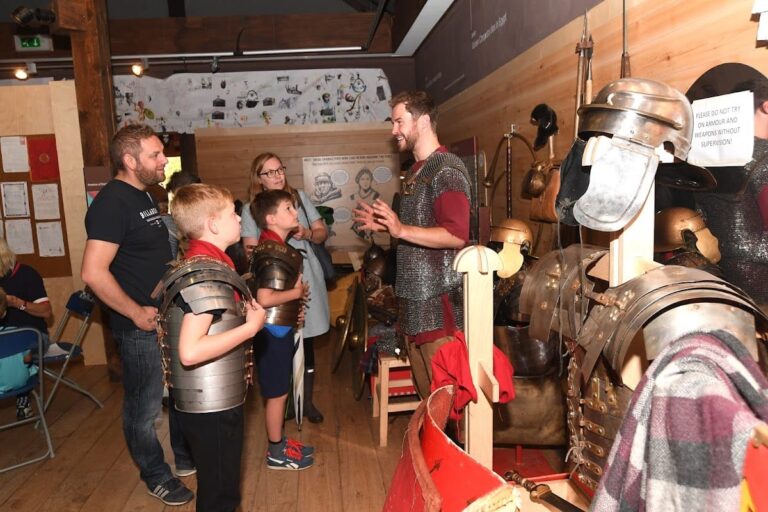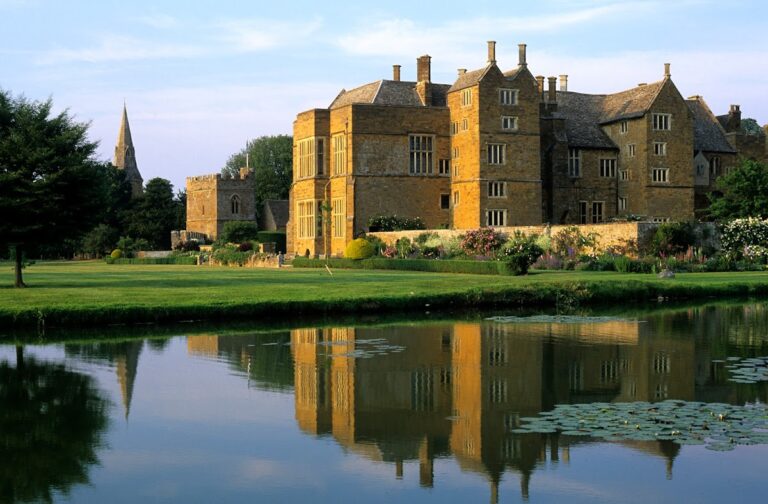Warwick Castle: A Historic Medieval Fortress in England
Visitor Information
Google Rating: 4.6
Popularity: Very High
Google Maps: View on Google Maps
Official Website: www.warwick-castle.com
Country: United Kingdom
Civilization: Medieval European
Remains: Military
History
Warwick Castle, located in Warwick CV34 6AU, UK, was first established in 1068 by William the Conqueror. It was built as a wooden motte-and-bailey fortification on or near the site of an earlier Anglo-Saxon defensive settlement, known as a burh, founded in 914 by Æthelflæd, daughter of Alfred the Great. This earlier fortification aimed to protect the region of Mercia from Danish invasions.
From 1088, the castle became the military stronghold and residence of the Earls of Warwick. The first Earl was Henry de Beaumont, followed by the influential Beauchamp family. In the 15th century, Richard Neville, known as the “Kingmaker,” owned the castle and notably imprisoned King Edward IV there in 1469. The castle played a role in several major conflicts, including the Barons’ Wars, the Wars of the Roses, and the English Civil Wars.
During the 12th century, under King Henry II, the original wooden structures were replaced with stone buildings. The castle was further fortified in the 14th century amid the Hundred Years War, with additions such as gatehouses and towers. It also served as a prison for notable captives, including Piers Gaveston and prisoners captured at the Battle of Poitiers.
By the late 16th century, Warwick Castle had declined in military importance. In 1604, it was granted to Sir Fulke Greville, who transformed it into a country house and invested in extensive renovations. During the English Civil War, the castle was fortified again and successfully resisted a Royalist siege in 1642 under the command of Robert Greville, a Parliamentarian.
The Greville family maintained ownership of Warwick Castle until 1978. After this, the castle was sold to the Tussauds Group, which undertook restoration efforts. Today, the castle is protected as a Scheduled Ancient Monument and a Grade I listed building, recognizing its historical and architectural significance.
Remains
Warwick Castle is situated on a sandstone bluff overlooking a bend in the River Avon, with natural defenses provided by the river and a steep cliff on the east side. The stone castle, built under Henry II, follows a shell keep design, where all buildings are constructed against the curtain walls. The castle’s perimeter measures about 130 meters long and 82 meters wide.
Defensive features include a dry moat on the north side and two main entrances located on the north and west walls. The gatehouse, begun in the 15th century but left unfinished, is flanked by the Bear and Clarence Towers. The gatehouse is equipped with murder holes, two drawbridges, portcullises made of wood or iron, and machicolations—openings in the towers used to drop objects on attackers.
On the northeast side, 14th-century fortifications include Caesar’s Tower and Guy’s Tower. Both towers served residential purposes and feature machicolations and stone vaulting on every floor. Caesar’s Tower contains a basement dungeon called the Poitiers Tower, reputed to have held prisoners from the Battle of Poitiers.
Residential buildings such as the Great Hall, library, bedrooms, and chapel are located on the east side, facing the river. The castle grounds include formal gardens first recorded in 1534. In the 18th century, landscape architect Lancelot “Capability” Brown redesigned the grounds to create a naturalistic connection between the castle and the river, adding a serpentine drive and clusters of trees.
Additional 18th-century improvements include Gothic-style interiors in the chapel, attributed to Daniel Garrett, and a wooden Gothic bridge over the Avon designed by Brown. The entrance porch and dining room were also expanded during this period.
A major fire in 1871 destroyed the interior of the Great Hall and private apartments, but the main structure remained intact. Restoration work was carried out by Anthony Salvin between 1872 and 1875.
The castle grounds once included a watermill, relocated near the east wall by 1398. This mill was later converted to generate electricity before being dismantled in 1954.
Among modern additions is one of the world’s largest working trebuchets, standing 18 meters tall and weighing 22 tons. It can launch 150-kilogram projectiles up to 300 meters and is located near the riverbank.
Warwick Castle, including its walls, stables, mill, and other associated structures, is protected as a Scheduled Ancient Monument and a Grade I listed building.










